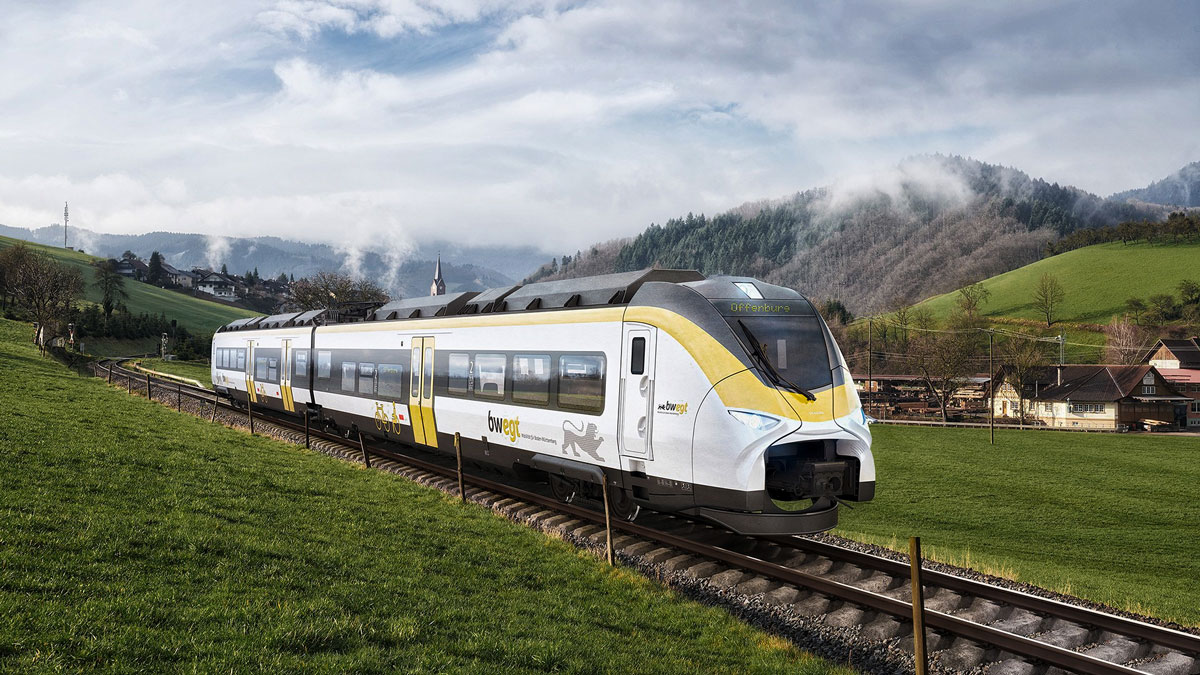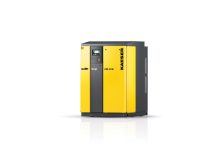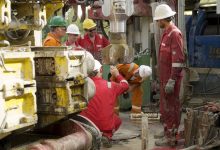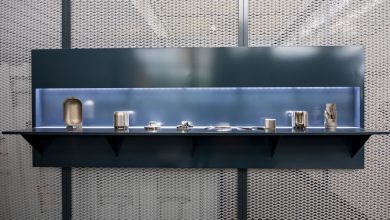European Green Deal – Siemens Mobility Hydrogen and Battery Trains for Romania
Siemens Mobility discussed with members of the Ministry of Transportation and NGOs’ representatives regarding environmental, technical, and financial aspects of a possible future acquisition of hydrogen and battery trains for Romania.
The European Green Deal is a plan to make the EU’s economy sustainable. One of the key elements of the plan is to roll out cleaner and healthier means of transport, as the transport sector is currently responsible for about 25% of the Union’s greenhouse gas emissions. The European Green Deal seeks a 90% reduction in transport emissions by 2050. On the 1st of April 2021, the management of Siemens Mobility Romania – Florian Paul Roettig, CEO Siemens Mobility S.R.L & Adrian Stoica, CFO Siemens Mobility S.R.L, were invited to participate to a public consultation in the presence of members of the Ministry of Transportation regarding the renewal of rolling stock through the National Recovery and Resilience Plan 2021-2026.
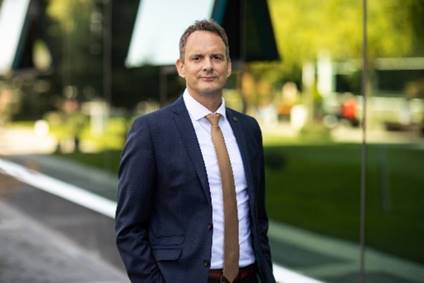
„Reducing emissions from transport and decarbonization of transport will be essential in the race against climate change. Siemens Energy and Siemens Mobility are working together to develop holistic solutions for a sustainable hydrogen infrastructure that will be used to power Siemens Mobility’s hydrogen trains,” Florian Paul Roettig CEO Siemens Mobility S.R.L, said.
In the present, 50% of the European railway network is not electrified and in fact on the Romanian territory there are still operating more than 800 Diesel Locomotives and Diesel trains. But now, Romanian is considering replacing part of it with state-of-the-art hydrogen and/or battery electric powered trains. Considering this, Siemens Mobility discussed with the participants of the Ministry of Transportation regarding environmental, technical, and financial aspects of such a possible future acquisition.
Hydrogen vs. Electricity – what is the proper use-case?
Highest efficiency of up to 76% is provided by pure electric driven trains. Production, transport, and storage of hydrogen is consuming more energy and therefore the efficiency of hydrogen is at around 30%. The optimum solution in both cases is to use ‘green’ energy for operating a train – like wind-, solar or waterpower.
To take a decision about the operation of a hydrogen train or battery train on an unelectrified track the proper use-case has to be analysed. If for example a sustainable train connection between Gara De Nord and the Henry Coanda Airport shall be established, due to the rather short distance of 19 km between those stations, Siemens Mobility recommends considering the usage of a battery driven train. Siemens’ battery driven trains can also be used like regular EMUs (Electric Multiple Units), the batteries can be charged with the pantograph within 15 minutes, and they can run up to 120km fully autonomous solely on batteries. So, the main advantages are, that for operation of battery-trains no additional infrastructure like a hydrogen production & hydrogen refuelling station is required and that such a train can be used as well like an EMU. Thus, smaller investments in infrastructure compared to a hydrogen train will be required.
Siemens Mobility is providing two types of battery trains and a brand-new hydrogen train:
The Mireo Plus B is an electric multiple-unit train for regional transport that draws its energy from the overhead line or battery systems housed in containers located beneath the floor. The train uses lithium-ion batteries with a long service life. Under real-life conditions while operating with batteries at speeds up to 160 km/h, the two-car, 120-seat train has a range of around 80 to 90 kilometres. The three-car version with 165 seats can even operate distances of 100 to 120 kilometres running on batteries at the same speeds.
Compared to a similar diesel-powered trainset, the Mireo Plus B saves an average of 24 tons of CO2 per year. Despite the extra expense for the battery system, the break-even point for CO2 savings is already reached within one-and-a-half years for trains averaging 200,000 kilometres a year.
The Mireo Plus B is based on the experience that Austrian Federal Railways (ÖBB) and Siemens Mobility have gained together since 2018 in the development of an electro-hybrid battery system. The three-car Desiro ML eco prototype, based on the electric Desiro ML from Siemens Mobility and with a battery container installed on the roof, was premiered at the InnoTrans in September 2018.
The prototype hybrid train was given unrestricted approval for passenger operation in August 2019 and has been since been running on various main and branch routes in Austria. Around one-quarter of the country’s branch lines, totalling roughly 1,300 kilometres, are not electrified. Drawing on energy from its batteries, the prototype reaches a top speed of 120 km/h (160 km/h operating with overhead lines) and has been a success with both ÖBB and its passengers. The goal of the project has been to gain extensive experience with the operation of alternative drive systems under all conditions in summer and winter. The Desiro ML eco charges its batteries from overhead lines under way and during stops.
Mireo Plus H: Hydrogen is an excellent energy source with a high-energy density. In other words, a very large amount of energy per volumetric unit can be stored in hydrogen (assuming a corresponding compression) and recovered in the fuel cell as electricity. This means that within Siemens Mobility’s portfolio of hybrid drive systems for commuter and regional trains, Mireo Plus H is the one most suited for long-distance routes. Whereas Mireo Plus B trains are the best choice for distances up to 120 km depending on the configuration, Mireo Plus H trains achieve ranges of up to 600 km as a two-part train, and from 800 to 1,000 km as a three-part train, depending on the line profile and mode of operation.
For example, between Gara de Nord and the City of Pitesti (approximately 240km round-trip), or on other railway lines up to 1000km distance the operation of hydrogen driven trains is feasibly.
The Mireo Plus hydrogen train developed by Siemens Mobility meets demanding operational requirements without an overhead catenary.
Quiet and clean, Mireo Plus H combines reliable, sustainable traction with superior passenger comfort and optimal cost-efficiency in life cycle costs. But what makes it exceptionally suitable is the fact that right from the start, it was developed specifically for operation with a fuel cell, giving it a leading edge in many areas.
The Mireo Plus H includes everything which is needed to operate independently of an overhead contact line, including an optimally dimensioned and safe hydrogen tank, an efficient fuel cell for generating clean electricity, and powerful drives for extremely high acceleration values. Mireo Plus H can be operated just like any conventional train but without local emissions. Even refuelling with hydrogen takes no longer than it does with a comparable diesel multiple unit. If you fuel with green hydrogen generated from renewable sources, you can even achieve zero CO2 emissions.


